Which of the following compound do not undergo enolisation?
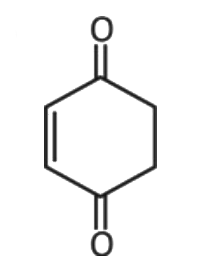
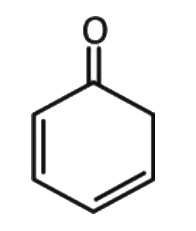
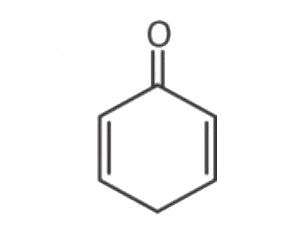

The correct Answer is:D
To determine which of the following compounds do not undergo enolization, we need to understand the concept of enolization, which is the process of keto-enol tautomerization. This process typically occurs in carbonyl compounds (like ketones and aldehydes) that have an alpha hydrogen atom adjacent to the carbonyl group.
1. Identify the Compounds: List the compounds provided in the question. For this example, let's assume we have four compounds:
- Compound A: CH3COCH3 (Acetone)
- Compound B: CH3C(=O)CH2CH3 (Butan-2-one)
- Compound C: C6H5C(=O)CH3 (Acetophenone)
- Compound D: C6H5C(=O)C6H5 (Benzophenone)
2. Check for Alpha Hydrogens: Determine if each compound has an alpha hydrogen (a hydrogen atom attached to a carbon atom adjacent to the carbonyl group).
- Compound A: Has alpha hydrogens (the methyl groups).
- Compound B: Has alpha hydrogens (the CH2 group).
- Compound C: Has alpha hydrogens (the CH3 group).
- Compound D: Does not have any alpha hydrogens (both phenyl groups are bonded directly to the carbonyl carbon).
3. Determine Enolization: Analyze whether each compound can undergo enolization based on the presence of alpha hydrogens.
- Compound A: Undergoes enolization due to the presence of alpha hydrogens.
- Compound B: Undergoes enolization due to the presence of alpha hydrogens.
- Compound C: Undergoes enolization due to the presence of alpha hydrogens.
- Compound D: Does not undergo enolization because there are no alpha hydrogens.
4. Conclusion: The compound that does not undergo enolization is Compound D (Benzophenone).
Final Answer:
The compound that does not undergo enolization is Benzophenone (Compound D).
---
- Compound A: CH3COCH3 (Acetone)
- Compound B: CH3C(=O)CH2CH3 (Butan-2-one)
- Compound C: C6H5C(=O)CH3 (Acetophenone)
- Compound D: C6H5C(=O)C6H5 (Benzophenone)
- Compound A: Has alpha hydrogens (the methyl groups).
- Compound B: Has alpha hydrogens (the CH2 group).
- Compound C: Has alpha hydrogens (the CH3 group).
- Compound D: Does not have any alpha hydrogens (both phenyl groups are bonded directly to the carbonyl carbon).
- Compound A: Undergoes enolization due to the presence of alpha hydrogens.
- Compound B: Undergoes enolization due to the presence of alpha hydrogens.
- Compound C: Undergoes enolization due to the presence of alpha hydrogens.
- Compound D: Does not undergo enolization because there are no alpha hydrogens.
The compound that does not undergo enolization is Benzophenone (Compound D).
Similar Questions
Knowledge Check
Which of the following compounds will not show enolisation?
A B
B C
C D
D
Which of the following compound does not undergo base - catalyzed exchange in D2O even though it has an α-hydrogen?
A B
B C
C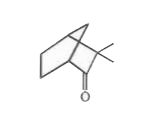 Dboth (b) & (c)
Dboth (b) & (c)Which of the following compounds cannot undergo decarboxylation on heating?
A B
B C
C D
D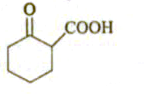
Which of the following compound will not undergo amine inversion?
View SolutionWhich of the following compound does undergo aldol condensation
View SolutionWhich of the following compounds will not undergo Friedel− Crafts reaction easily ?
View SolutionWhich of the following compounds will undergo decarboxylation on heating?
View SolutionWhich of the following compounds undergoes nitration at fastest rate ?
View Solution
